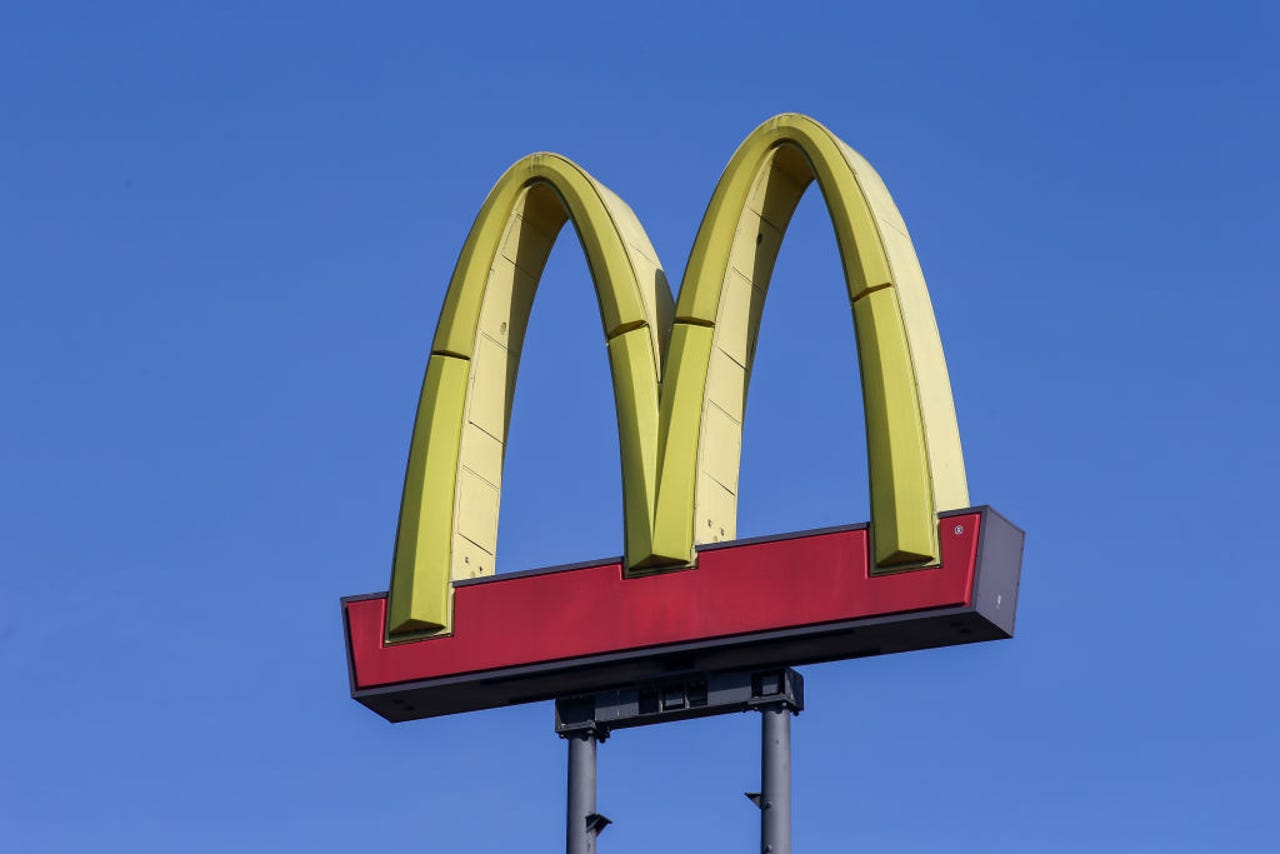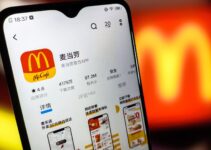
An ephemeral thing.
SOPA Images/Getty Images
Have you been eating fast food a little more often lately?
Have you resorted to more McDonald’s because it seems even more convenient than ever?
You pull out your phone, you tap an app a couple of times, and the food is soon(ish) at your door or at a friendly neighborhood McDonald’s restaurant.
And then there’s the app-based loyalty program that makes you increasingly want more in order to get more, which will make you want even more.
It’s the American way.
Naturally, the pandemic contributed to a changing of the habits, as tech-based ordering — of one form or another — seemed like the best thing many humans could do.
Also: How can generative AI improve customer experience?
It was to be expected, then, that McDonald’s revenue would go up — especially as prices went up, too, given inflationary times.
Yet seeing same-store sales go up more than 10% might have made McDonald’s CEO Chris Kempczinski laud the glories of technology all the more.
How wonderful to have robots taking your order. How blissful to open a McDonald’s that features no human staff that you can readily see.
Oddly — at least for some — Kempczinski insists something else was really at the heart of it all.
During the company’s fourth quarter call, Kempczinski offered an explanation that’s worth considering. As QSR magazine reported, Kempczinski believes McDonald’s doesn’t sell burgers and fries at all. Instead, it sells a brand that allows its franchisees and operators to sell burgers and fries.
For many, especially in the tech world, the whole idea of brand can be hard to grasp. Or merely nauseating, airy claptrap, representing reality distortion.
After all, it’s not as if Google and Facebook became so big thanks to enormous levels of launch advertising.
But humans are essentially emotional. Those emotions are fickle. Getting your brand right means creating a particular atmosphere within and around it, one that humans gravitate to. For, some might say, no obvious reason at all.
Of course this sort of thing feels like anathema to those who believe in rationality, features, and crude strong-arm tactics. (Hello, Bill Gates. How are you?)
Worse, creating and growing a successful brand can be such an inexact exercise. Those who do it regularly often still have no idea if they’ve got it right until they see real-world, human response. And many ad types do seem to bathe in excessive windbaggery that masquerades as insight.
But Kempczinski put it very simply: “As goes the McDonald’s brand, so goes the health and economic value of our company and system.”
He gave an example. Recently, McDonald’s launched a campaign that, in Kempczinski’s words, “never shows our food, never shows our restaurants, and never mentions our brand name.”
This seems less maddening and more purely mad.
Yet the campaign that features humans — in an office, no less — simply raising their eyebrows to signal that they “fancy a McDonald’s” has already, according to Kempczinski, been adopted by 30 markets worldwide.
Not every company is ready to create a brand around its product.
In some tech-based companies, there’s a belief that real selling still requires data-driven, brute-force tactics.
Also: New job? Here are 5 ways to make a great first impression
But, especially if your company and brand are unknown, those tactics had better be extremely clever, beautfully timed, and winning. Otherwise, they become annoying. In fact, as real people will often observe, they’re not merely annoying, but counterproductive.
Moreover, creating an alluring brand doesn’t always cost money. Well, not too much. It does require a belief in a certain sort of creativity and, frankly, one or two fingers crossed.
McDonald’s is now in a very different space and time. It’s huge and it wants to be huger. Which doesn’t mean everything in its world is hugely lovely.
There is disquiet among some franchisees. Some complain about increasing overhead.
However, using technology to improve the customer experience continues to contribute to the corporate bottom line. But without an emotional layer that seems to comprise feelings, reputation and, at heart, an understanding of human triggers, McDonald’s wouldn’t sell so many burgers.
Also: 14 new innovation trends with exponential growth potential
Just as Apple certainly wouldn’t sell so many iPhones that all look remarkably like each other.
I’ll refrain, though, from saying too much about the latest research on the effects of fast food on human bodies.


